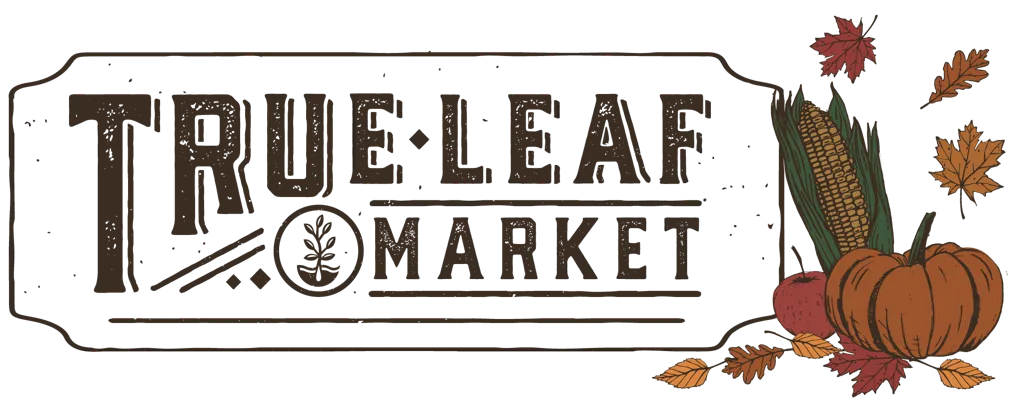Download Free Vegetable Growing Guide PDF
Growing Strike Bush Beans in the Vegetable Garden
To plant Strike Bush Beans, sow seeds 1-1.5 inches deep directly into the soil after the last frost, as they do not transplant well. Space seeds 4-6 inches apart with 18-24 inches between rows to ensure good airflow and prevent disease. Beans thrive in well-drained soil with a pH of 6.0-7.0, and soil temperatures should be at least 60 F for successful germination.
For maintenance, water the plants regularly, keeping the soil moist but not waterlogged—about 1 inch of water per week is ideal. Avoid wetting the foliage to prevent fungal issues. Strike beans fix their own nitrogen, so heavy fertilization is unnecessary, but a light application of balanced fertilizer can be used in poor soils. Regular weeding is crucial, especially early on, but take care to avoid disturbing the shallow roots.
Companion plants like carrots, marigolds, and cucumbers can benefit Strike Bush Beans, but avoid planting them near onions or garlic, which can stunt their growth. Frequent weeding and careful watering will keep your plants healthy and productive throughout the growing season.
Harvesting Strike Bush Beans
Strike beans are ready to harvest in 50-65 days, once the pods are 4-5 inches long and still tender. You’ll know they’re ready when the pods are firm and snap easily without strings.Gently pull the pods from the plant, being careful not to damage the stems. Harvesting regularly encourages continued production.
Strike Bush Beans are snap beans, which means they are harvested when the pods are still tender and immature, as opposed to shelling beans, which are left to mature and dry on the plant.
About Strike Bush Bean Garden Seeds
Strike Beans were bred specifically to meet the needs of both home gardeners and commercial growers by providing uniform, stringless pods that mature early..
These beans are excellent for fresh eating, canning, or freezing. Their crisp, sweet flavor makes them a great addition to salads, stir-fries, or as a steamed side dish.
Green beans are high in vitamins A, C, and K. These essential vitamins support immune function and bone health. They are also a fantastic source of fiber, which promotes a healthy gut.
These beans are perfect for cooking, as they are smooth and stringless with a refreshing crisp taste and a juicy crunch.
Although there is no definitive literature confirming that Strike bush beans have specific disease resistances, they are widely acknowledged by gardeners who have grown them to be highly disease resistant to things such as BCMV, rust, and powdery mildew.
Tips From Our Gardeners
"As long as you give them well-drained soil, plenty of sunlight, and regular watering, these beans will thrive. Whether you're growing them for your kitchen or to share with others, Strike Bush Beans will reward you with a delicious and plentiful harvest!"
 |
- Lara Wadsworth, True Leaf Market Writer
|
Other Resources
Strike Bush Bean Seeds Per Package:
- 30 g - Wholesale - Approximately 93 Seeds
- 4 oz - Bulk Seeds - Approximately 350 Seeds
- 1 lb - Bulk Seeds - Approximately 1,400 Seeds
- 5 lb - Bulk Seeds - Approximately 7,000 Seeds
- 25 lb - Bulk Seeds - Approximately 35,000 Seeds
Non-GMO Strike Bush Bean seeds are available for Fast Free Shipping on qualifying orders.
=======
ATTRIBUTES
Basic Info
| Latin Name: |
Phaseolus vulgaris
|
| Bean Sub-Type: |
Not Applicable. |
| Strike Bush Bean Color: |
Green |
| Strike Bush Bean Flavor: |
Sweet, tender, with a crisp texture. |
Growing Info
| Hardiness Zone: |
3, 4, 5, 6, 7, 8, 9 Annual Crop: Not Intended to Overwinter |
| Days to Maturity: |
50-65 |
| Days to Germination: |
5-10 |
| Seeding Depth: |
1 inch |
| Plant Spacing: |
4-6 inches |
| Row Spacing: |
18-24 inches |
| Plant Height: |
12-24 inches |
| Growth Habit: |
Upright |
| Soil Preference: |
Beans prefer well-draining, nutrient-rich, loamy soil with a pH of 6.0-6.8. As light feeders and nitrogen-fixing legumes, beans do not require nitrogen-heavy fertilizers. |
| Temperature Preference: |
Warmer (70-85 F). |
| Light Preference: |
Full Sun |
Other
| Direct Sow: |
Yes, direct sow when soil temperatures are reliably above 60 F. Planting with an inoculant may increase yields, but is certainly not required for a successful grow. |
| Start Indoors: |
Not Recommended. Beans grow best without any root disturbance. We recommend direct sowing instead of transplanting. |
| Bean Pollination: |
Beans are self-pollinating as they contain both the male and female parts within their flowers, unlike other fruit and vegetable plants. While they are self-pollinating, having a variety of pollinators and flowers around will improve yields by ensuring the greatest chances for pollinating events to occur. |
| Snap or Shell Bean: |
Snap - Snap beans have a fleshy edible pod. Snap beans are also commonly referred to as string beans or green beans (though not all snap beans are green). They are called snap beans because they make a snapping sound when you break them in half. |
| Pole or Bush Bean: |
Bush - Bush beans grow on low-growing, compact, upright, bushy plants that typically do not need a trellis, pole, or other support. Bush beans are usually favorable to container growing. |
| Plant Width: |
12-24 inches |
| Growth Speed: |
Early - Ready for harvest around 45-65 days. |
| Deer Resistant: |
No |
| Germination Temperature: |
70-90 F |
| Pests and Diseases: |
Beans are susceptible to beetles, aphids, spider mites, and cutworms. Look for signs of chewing, curling leaves, eggs on the undersides of leaves, and leaf discoloration. Keeping your bean plants clean from dust build-up and surrounded by a variety of plants to help deter and prevent pest damage. Beans are also susceptible to powdery mildew, bean blight, rust, and root rot. Maintain a regular watering schedule that avoids overly saturated soil. The roots need adequate time to air out between watering. This will also help prevent common fungal and bacterial diseases from developing. Good air circulation and applying water to the ground rather than the leaves will help maintain healthy bean plant growth. |
| Garden Size: |
Greenhouse, Garden Plot, Raised Bed, Container |
| Bean Use: |
Fresh, steaming, boiling, cooking, canning, freezing, sauteing, salads, stir-fries, casseroles. |
| Climate Tolerance: |
N/A |




















